On October 19th, we brought together supply chain and sustainability leaders from across the world to debate and strategize best practices for operationalizing sustainable supply chains.
We were honored to welcome leading experts to deliver insightful talks and panel discussions on the SSCE stage.
Findings from the day
From the very start of the event, the atmosphere in the room was full of enthusiasm and ready for action.
Sustainability within supply chain, as we all know, is something that is so often preached about with little action really seen.
SSCE provided the perfect opportunity to take stock with industry peers, benchmark, and create action plans for a future of sustainability.
Sustainability is now a firm responsibility of supply chain professionals. Given that the carbon footprint of the end-to-end supply chain for manufacturing organizations can account for 80% of the organization’s emissions, supply chain leaders must start measuring, and reducing emissions from within their operations.
Speaking on the ‘Operationalizing Sustainable Supply Chain Discussion’ panel, Sheri Hinish (Global Practice Leader, Sustainability Services, Alliance & Strategy, IBM) commented that most companies are in fact at the very start of their sustainability journeys.
And her advice? Visualization. Companies must lead with purpose, and invest in sustainability to accelerate progress.
Sustainability isn’t just about saving the planet, but many employees are turning away from companies that aren’t taking action. Sheri added that young talent is demanding credible evidence that the companies they are working for are operationalizing sustainability, not just talking the talk.
Heidi Landry (Chief Procurement Officer, Enterprise Supply Chain, Johnson & Johnson) was asked if a company cannot get out of a contract with a supplier who is resistant to following sustainable practices, what else can be done to make meaningful progress to hit your company’s sustainability targets?
This question encapsulates the issues many companies have with sustainable practices within their supply chain, and the many suppliers that account for their scope 3 emissions. Heidi responded by emphasizing the importance of a collaborative approach and rewarding the suppliers willing to adopt sustainable practices. The problem is, Heidi explained, that no one buyer is big enough to be in a position to force suppliers to become sustainable.
Also mentioning the importance of collaboration with suppliers was Harald Emberger (Chief Supply Chain Officer, Beiersdorf), who explained in his keynote that new sustainable initiatives required a different approach to procurement – one that involved a much heavier collaboration with suppliers, with tailored initiatives including the deployment of digital technologies to better monitor and optimize energy and water usages.
Matt Spooner (Industry Thought Leader, Kinaxis), speaking on the ‘Digital Supply Chain & The New World Order – Leveraging Supply Chain Design for Enhanced Sustainability and Agility’ panel earlier in the day, said that most supply chain leaders are uninvolved in the ESG agenda, despite the supply chain being responsible for so much of a company’s emissions.
His fellow panelists concurred that a data-led mindset and a lack of standardized reporting is what’s slowing down sustainability efforts, with Stefano Picasso (Vice President Integrated Supply Chain, Carlsberg) outlining that more sustainability reporting-related regulation is needed now.
Speaking on the same panel, George Lawrie (Vice President Principal Analyst, Forrester) added to the dialogue that sustainability within supply chains provides a wider business value.
We always talk about cost, he says, but this is really about value.
On top of the consumer and employee demand for action, he also outlined the financial investment tied to ESG too. Like his fellow panelists, George agreed that there is still a lack of visibility across the supply chain that is needed to further cement sustainability efforts.
Now, all of these sustainable initiatives are one thing, but getting the wider team on board is another – and this is especially true if there is no one on the Board. Talking in her spotlight session, Jenny Wassenaar (Chief Sustainability Officer, Trivium Packaging) identified that having a Chief Sustainability Officer on the board of the organization makes it easier and quicker to get the buy-in for sustainability initiatives. This is because it allows regular face time with function heads as well as the CEO on the subject.
Sustainability, Jenny added, can only be operationalized when it is integrated deeply into each function of the business, and this can be done only when there is buy-in from the top, which demands constant discussion and evidence provided by the appointed Chief Sustainability Officer.
As you can see, the day was filled with vital discussion provided by leaders in the industry who are willing to prove they can walk the walk, not just talk the talk. Our lunchtime roundtables also provided an opportunity for attendees to continue these discussions, bringing together their joint vast experience in supply chain and sustainability.
We would once again like to thank everyone for their involvement in these necessary conversations, and for their joint commitment to making action happen.

